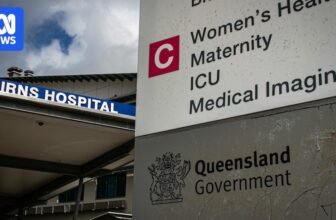Democratic Republic of the Congo (DRC), Emergency Appeal MDRCD047 – Ebola – Democratic Republic of the Congo
Attachments
SITUATION OVERVIEW
EVD is a severe, often fatal illness in humans caused by infection with the Ebola virus. It is transmitted to people from wild animals and spreads in human populations through direct contact with blood, secretions, organs or other bodily fluids of infected individuals, and through contaminated surfaces and materials. The average case fatality rate is around 50 per cent but can vary from 25 to 90 per cent depending on the outbreak and the timeliness of treatment and control measures. Case numbers are evolving rapidly. As of the 14 September reporting cycle, 30 cases have been confirmed and 27 deaths have been reported, including four health workers. There are 43 suspected cases across four districts including Bulape, Mweka, Mushenge and Kanzala, and contacts have been traced to Tshikapa, reflecting ongoing investigations and data consolidation. Operational constraints are significant. Road access from Kinshasa can take up to three days and the nearest isolation unit has roughly 15 beds, well below current needs. Surveillance, contact tracing and Safe & Dignified Burials (SDB) must scale up quickly as well to interrupt transmission chains. Currently, 2,000 doses of the Ervebo vaccine are pre-positioned in Kinshasa for ring vaccination of contacts and frontline workers.
The World Health Organization (WHO) has assessed risk of spread as high nationally, with “moderate” regional risk and “low” global risk. There are concurrent outbreaks of cholera and mpox, and chronic vulnerabilities, such as limited Infection Prevention & Control (IPC)/Water, Sanitation & Hygiene (WASH) in healthcare facilities, as well as mistrust among the community. Traditional funerary practices also elevate risk of spread, particularly around Bulape and Mweka, and along movement corridors toward Tshikapa. On 4 September 2025, the DRC Ministry of Public Health (MOPH) officially declared an Ebola Virus Disease (EVD) outbreak in Kasai Province, initially affecting Bulape and Mweka health zones, after confirmatory testing at the Institut National de la Recherche Biomédicale (INRB) on 3 September (Zaire Ebola virus2 ). The index case3 , a woman who was 34 weeks pregnant, was admitted to Bulape General Reference Hospital on 20 August and died on 25 August. A nurse and a laboratory technician who had attended her also died shortly after. Wholegenome sequencing indicates a new zoonotic spillover, not linked to the 2007-2009 Kasai outbreaks.







